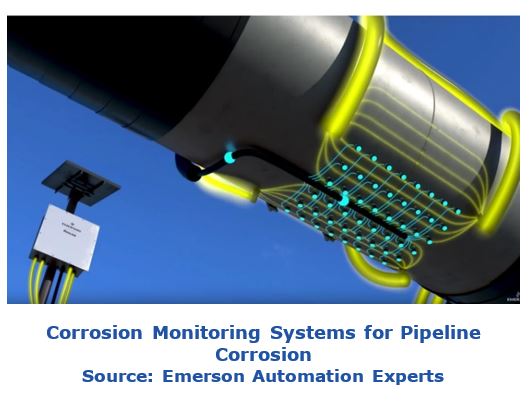

Corrosion monitoring technology has significantly developed over the last few years, which 
The incorporation of Industrial IoT in industries has laid strong market development features. At present, Industrial IoT is making a major financial impact on oil & gas refineries and pipelines worldwide. It provides solutions to deal with safety and performance issues in the form of pervasive sensing solutions. The plant monitoring, especially in corrosion, provides timely action using predictive analysis. These activities help optimize production processes with the help of wireless sensors. This, in turn, improves the safety and performance of pipeline systems. As a result of that, companies in the oil & gas, refinery, mining, and power generation industries are making significant investments in the corrosion monitoring of pipeline systems.
Acceptance and implementation of new technologies have always been a huge challenge in the oil and gas industry. Previously, periodic corrosion inspection activities and tests were carried out using pipeline inspection gauges or visual, ultrasonic, and radiography scanners on other assets for maintenance, repair, and replacement. However, due to the recent crisis in the global oil prices, the conservative upstream industry, both onshore and offshore, is being forced to accept changes and drive innovation to cut down operating expenditure and maintenance cost. The uptake in continuous condition monitoring of assets for process optimization has led to the growth of corrosion monitoring technology across installed bases in oil and gas and refineries. Today, oil and gas and refineries are the two largest end customers for corrosion monitoring market.
ARC’s “Corrosion Monitoring Global Market 2018-2023” research report discusses current technology trends, provides an overview of the leading suppliers to this market, reveals which corrosion monitoring technologies represent the largest share of the market, and provides a detailed forecast on in which regions this market will see the fastest growth.

